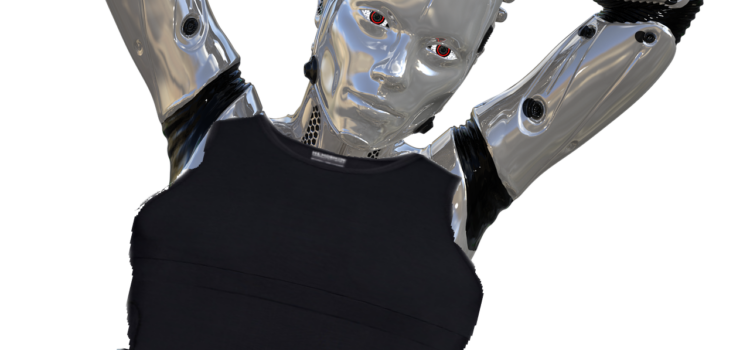What happens when AI is used with wearables? Something amazing of course. Wearables have become mainstream especially with health and fitness wearables. Wearables such as the Fitbit can collect user fitness data and even motivate users to get off the couch and go for a walk. With all that data streaming in, it has to go somewhere and someone/something has to make sense of it all. That is where artificial intelligence comes in to play. AI can make sense of large amounts of data and with machine learning, it can take the reactive post fitness/health data approach and turn that around into proactive and predictive health alerts. It can analysis patterns and trends which in turn could help guide people into living healthier proactive lifestyle.
This is what University of Waterloo researchers are working on. They are using AI and data from wearables to assess whether one’s health is failing or not. This includes detecting diseases that could be affecting fitness goals.
There are a variety of wearables for fitness sensors. One of which is called Hexoskin, which was used in the study done by the university. Brightersight has been also been doing some work with Hexoskin. The Hexoskin is a smart shirt that measures a variety of different biofeedback data. Physiological devices like the Hexoskin can measure physiological signals from the body and let the user know what is happening to them internally while they are experiencing the external world. Physiological feedback systems could be used to measure what is happening to the individual within and have that information affect what they see through an augmented or virtual world. The Hexoskin transmits data to your smartphone via Bluetooth. It can capture things like heart rate, breathing rate, Vo2 Max, acceleration, calories, cadence, step count and a few others. All this data is collected and computed to make sense of it all to the user.
To read more about this study click on the links below:
https://www.sciencedaily.com/releases/2018/05/180516123701.htm
